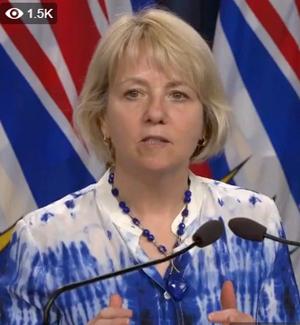Saturday May 30, 2020 ~ VICTORIA, BC
by Mary Brooke ~ West Shore Voice News
“For those going back to school it will be different, new and exciting. We will all be looking forward to that,” said Provincial Health Officer Dr Bonnie Henry today about the COVID-19 Phase 3 reopening of schools on June 1 during Restart BC.
But added that “for some there is trepidation”. She tried to put a positive spin on it, knowing full well the concerns, but firmly stated the way forward: “We are ready for this because we believe it is safe to do so.”
People have legitimate fears and concerns about the increased contact in a time of continued requirement for physical distancing. Some teachers — especially of older age (given how that is considered a risk factor for COVID-19) — are concerned about exposure in a more populated scenario than any of us have been experiencing during the self-isolation and tight ‘bubbles’ of contact in Phases 1 and 2 of BC’s pandemic.
Families are wondering about exposure to the COVID-19 virus for their children, and how that might bring infection back to families at home. Dr Henry says that infection in children is usually not as severe as in adults, and that children are more likely to acquire the viral infection adults, than from each other.
In some cases children (or persons of any age) may be infected and never show symptoms. Public health officials still have no data about the spread of the illness by asymptomatic people. That’s in large part because testing has been targeted for use on people who do show symptoms.
Perhaps the online survey “Your Story, Our Future” will ultimately reveal some insights in that regard (and other aspects of the infection and the pandemic that have not yet been explored); the survey is open to midnight on Sunday May 31 (so far 340,000 people have participated).
COVID-19 in children:
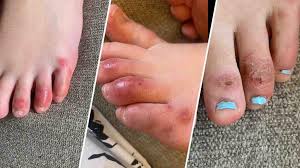
No one is immune to COVID-19. Presently 77 children in BC have tested positive for COVID-19 (51 in the age 10-19 grouping, and 26 under the age of 10).
That’s not to say children aren’t less readily infected, but it does certainly reflect that children have been protected at home during Phase 1 of the pandemic (i.e. with less exposure to possible infection).
As well, children are seen around the world to have a less severe experience with COVID-19 infection, in large part due to a healthy immune system in early years (compared to elderly people who are presumed to have less effective performance with immune system response).
Despite the assurances from public health — that no one doubts have been carefully assessed and developed into a range of workable plans across the many stakeholder groups and school districts — everyone sensibly realizes that reengaging in the school setting is a huge experiment, with risks.
Children are being seen to have a followup health reaction in some cases. Called Multisystem Immune Syndrome in Children (MISC), the inflammation of blood vessels and possibly cardiac impacts around the heart has been documented in children after they have dealt with an infection of the novel coronavirus COVID-19. Dr Henry said on May 16 that physicians in BC have been asked to be on the alert for that condition.
COVID-19 stats at May 30:
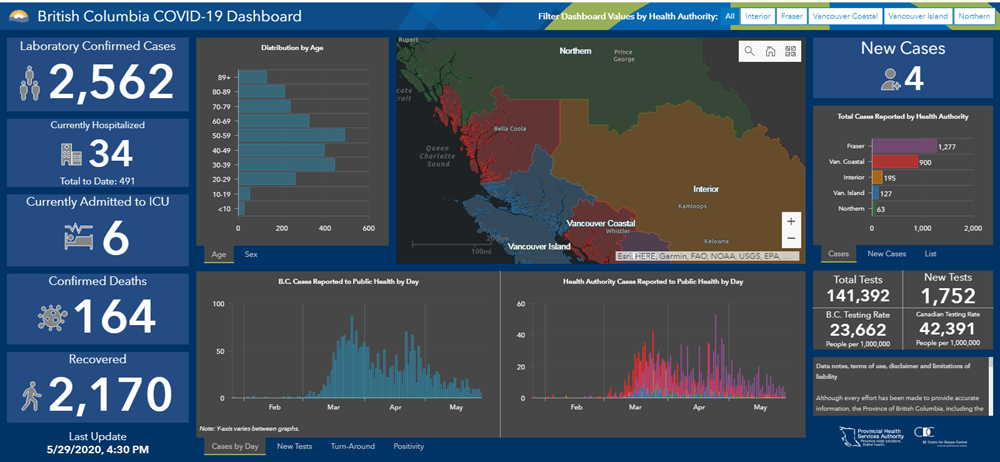
COVID-19 stats at Saturday May 30 (per Dr Heny’s press conference): 11 new test-positive cases (total 2,573), no additional deaths (currently 164), 228 active cases (35 in hospital, of which five are in ICU). | Anytime: see current Dashboard of COVID-19 data in BC
COVID-19 infections in schools:
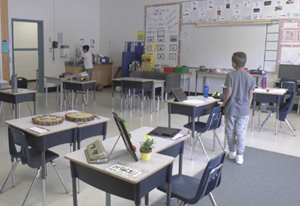
Dr Henry fully expects there will be at least a few cases of COVID-19 in June as a result of contact in schools. “We will very quickly contain those and do contact tracing, and do case management as we do for every case,” she said today in her 1 pm briefing to media.
Earlier this week, she answered several questions for members of the BC Teachers Federation, about their concerns in returning to the classroom, and says that all stakeholders to the education system have been part of developing how schools will function in the return to classrooms.
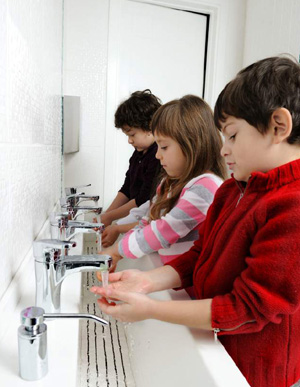
Classrooms will adhere to physical distancing (fewer desks, spaced out to ensure 2 metres between seats) and regular handwashing will be actively managed. Arrivals and departures from school will be staggered, as will recess and lunch breaks.
The June 2020 experiment:
Dr Henry reassures parents who don’t want to send their children to school in June that it’s okay to keep children home. The consensus among educators and public health seems to be that if kids are doing alright (academically and otherwise) with remote learning, that coming back to the classroom is not essential — and in fact, that the classrooms be accessible most importantly to those who need the in-class setting for a variety of reasons … learning style and needs, personal interaction, or being in the school setting instead of at home.
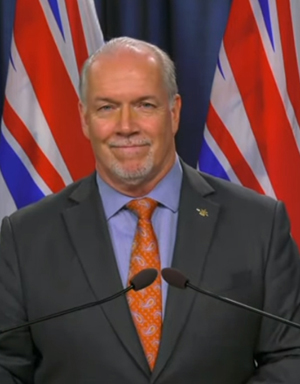
Premier John Horgan said last week that this dry-run in June will give the school system an opportunity to see what works and make adjustments for September. Of course, public education is a fundamental plank of modern society, and in BC it is particularly important to Premier Horgan for frequently states that for him, “education is the great equalizer”.
But in the expected second wave of COVID-19 spread (or at least with no vaccine in time for September 2020) school will still be a spaced-out affair, with the currently prescribed two to three days per week in-class for students in Grades K to 5, and 1 day per week (or 20% of instruction time) in-class for Grades 6 to 12 (balanced out with a significant amount of remote learning).
Back to school in the west shore:
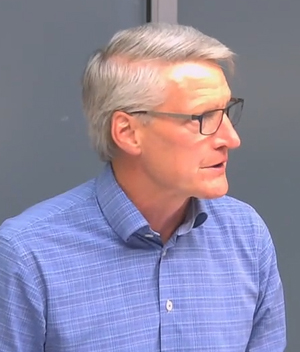
In Sooke School District 62 (SD62) Superintendent Scott Stinson says that a lot will be learned about what works and doesn’t work with the systems and protocols that will be implemented in June. That’s for a better restart of a full school year come September 2020. Based on inquiries with families, he said this week during the May 26 public board meeting that about half the student population is expected to return to in-class learning in June.
This past week, the president of the Sooke Teachers Association, Jennifer Anderson, said during an online SD62 public meeting that the June 1st return to class is like a ‘third September’ in one school year … after September 2019, then readjusting the teaching methods after spring break to accommodate the pandemic self-isolation phase, and now this pre-summer return. She noted the workload impacts on teachers in that regard, leading to stresses.
Parents certainly do have a decision to make. Many children will be wanting to reunite with friends. Under PHO protocols and school system guidelines, older children in schools will have to keep the required physical distance, and younger children will not be allowed to touch each other. This will have emotional and behavioural impacts on an entirely new level.
Nothing is ‘back to normal’:
There is also the consideration of life getting on as usual, though nothing about this scenario is usual.
Over time, there will develop a notable ‘divide’ between those students are going to class in schools and those who remain at home. For years, a criticism (rightly or otherwise) about home schooling is that — despite the many academic and home lifestyle plusses — that it leads to the possibility of social maladjustment for students. Now the pandemic is producing a two-track system — those who will have returned to school and those who choose to free-float (socially speaking) from home for the protection of their own health or others in their family ‘bubble’.
Consequences as education moves forward:

The outcomes of this may be surprising … the ones who stayed in school the whole time (children of essential workers) got their continued education, but it also delineates them by their parents’ occupation. Those who are excelling with at-home learning are generally those who are intellectually less challenged and very likely also not technologically challenged (financially or otherwise).
The great melting pot of ‘everyone equal’ in the school system is not in any way being served well by the pandemic. Everyone is doing their best in the education system and public health, to be sure. But the results of this hybrid education system (even for a year or two) will have consequences — for health, mental well-being, social interaction success, and educational outcomes — which might be called ‘unintended’ but they are certainly not unseen and shouldn’t be unexpected.
==== About the writer:
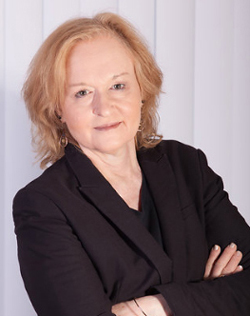
West Shore Voice News editor Mary Brooke has covered SD62 news at the board level since 2014. She holds a B.Sc. in health science and a certificate in public relations. Most of her editorial analysis on any topic is about the socioeconomic trends and impacts of decisions on individuals and society moving forward. She is the mother of four grown children who graduated from SD61, SD62 and SD72 over the years.


